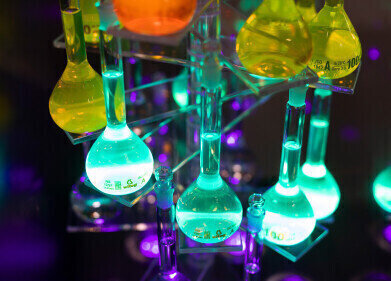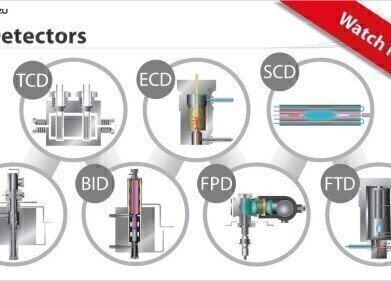Meeting reports and events
The Scientific Achievements of Professor Michael Cooke
Nov 28 2016
Michael Cooke has made a very significant contribution to the scientific literature and to the applications of analytical chemistry to problems of environmental pollution, structural elucidation of metal complexes and determination of various pharmaceutical compounds in biological fluids. Professor Cooke has been a pioneering innovator in gas and liquid chromatography using these techniques coupled with mass spectrometry and other sensitive specific detectors to address environmental analytical problems.
A literature search revealed that Mike has published over 70 papers in the 35 years from 1967 to 2002 and co-authored an Encyclopaedia of Separation Science.
Mike started his research career at University of Bristol where he focussed on structural determinations of iron carbonyls and the rather more exotic metals, ruthenium, osmium and molybdenum as organometallic complexes.
His interest in the measurement of gases and noxious substances led him to adopt and develop capillary gas chromatography and couple it with mass spectrometry and atomic fluorescence detectors. He used these coupled techniques to measure these compounds in the environment.
His first publication using chromatography was in 1977 on the determination of cabamazepine in plasma using gas liquid chromatography (glc). He published with Graham Nickless et al at Bristol on analysis of polychlorinated naphthalenes, polychlorinated biphenyls and polychlorinated terphenyls and later on DDT in soils and birds of prey via carbon skeleton gas-liquid chromatography.
With David McCalley, they developed a simple gas chromatographic screening procedure for lactic and pyruvic acids in human plasma.
Mike’s interest in the measurement of poisons in our environment continued with determination of cadmium in cockles and snails and polyaromatic hydrocarbons in the Severn estuarine sediments, again working with Graham Nickless.
The introduction of RP-HPLC in the late 1970s didn’t go unnoticed by Mike and he published a rapid assay for theophylline in clinical samples by reversed-phase high-performance liquid chromatography. Later on, he published an HPLC method for the determination of chlorhexidine. He compared gas with liquid chromatography for the determination of theophyline in clinical samples.
His interest in environmental pollution gave rise to a paper measuring the effectiveness of sewage treatment on fecal sterols and trace determination of the fecal sterol coprostanol again researching with Nickless and McCalley.
One of the major problems in glc was the presence of active sites on columns so Mike spent some time investigating thermo stable deactivation reagents for capillary column preparation along with simple gas-loop injector systems. Preparation of thermally stable cyanosilicone capillary columns formed the basis of a later paper.
Mike returned to his interest in metals, tissues and the environment with trace element profiling of dental tissues using laser ablation-inductively coupled plasma-mass spectrometry.
He profiled environmental contamination from lead, copper and cadmium using the woodlouse as a bio accumulator and potentiometric stripping analysis for the metals’ measurement.
He patented a sensor for volatile materials and gases with John Hinton in 1997.
With Christine Cooke he published a correlation of the antimony concentration in umbilical cord and in infant hair measured by hydride generation-atomic fluorescence spectrometry.
Around the millennium he worked with Professor Keith Bartle of Leeds University publishing on programmed temperature vaporization injection (PTV) for the analysis of the constituents of landfill gases by gc-ms. They analysed malodorous sulphur gases and volatile organo-metalloid compounds in landfill gas emissions using capillary gc with programmed temperature vaporization injection and atomic emission detection.
Professor Michael Cooke has contributed significantly to the development and application of chromatography and sensitive detectors in their many and various forms.
His work has enriched our knowledge of the environmental effects of pollution in the last three decades of the 20th Century, which history will record as an awakening period of man’s growing concerns of the impact and damage that we are doing to our planet.
Events
Mar 18 2025 Beijing, China
Mar 25 2025 Paris, France
Mar 31 2025 Beijing, China
Apr 02 2025 Saigon, Vietnam
Apr 22 2025 Kintex, South Korea














